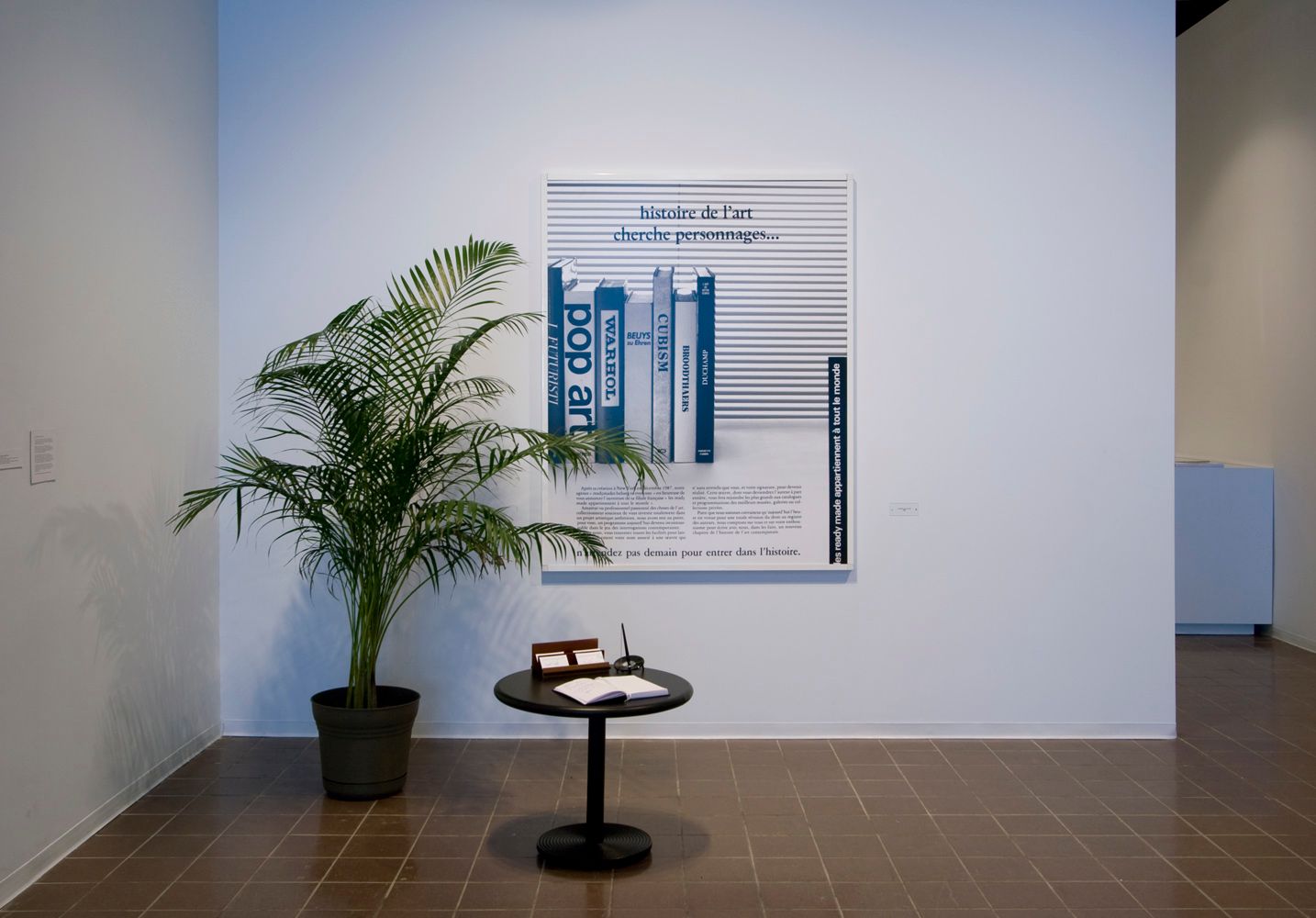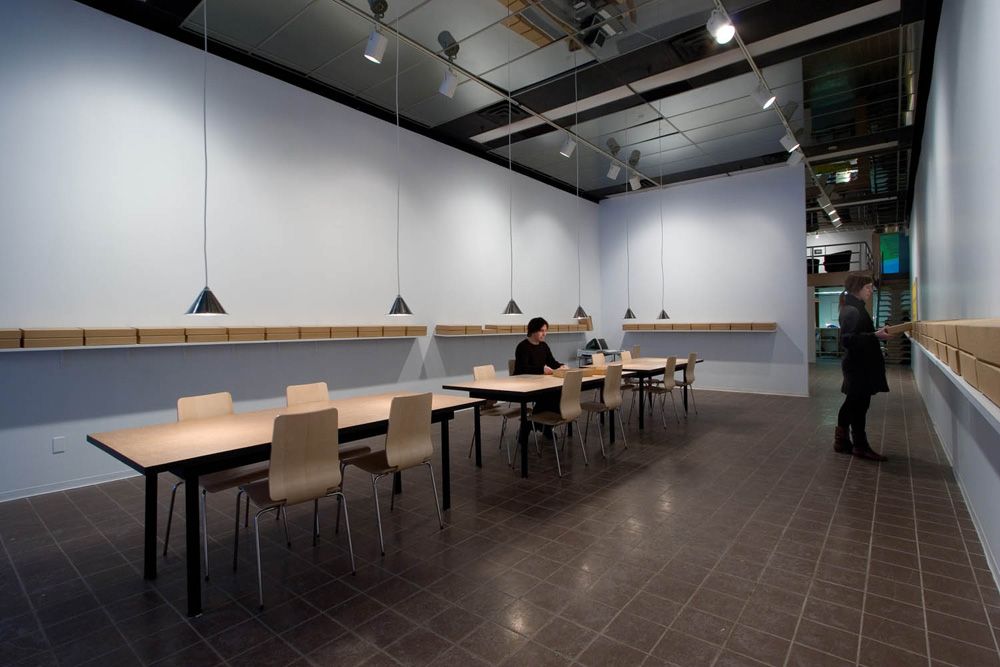Gilles Mahé
Gilles Mahé was born in 1943, in Brittany.
He was working in the magazine industry, in advertising departments with occasional forays into graphic design, when he decided to travel in the U.S. for several months with his wife Michèle and their children, selling travelogues to the press. The inventory of documents and images that he amassed as a result, combined with the desire to escape from a traditional professional career, led him to another way of working, whereby he divided his time between commercial pursuits (stores selling decorative accessories and furniture) and group exhibitions/events, using images, actions and situations. (First shows: 35 avenue Foch, 1977 and 18 rue de Lourmel, 1978). With friends, he founded a publishing company that put out Gratuit (1979 to 1994) and other editorial projects. He forged solid artistic friendships on the occasion of the exhibition À Pierre et Marie (1982–1984). Combining attitude art with publishing, image production, painting, conceptual work using words and titles, public commissions and gallery exhibition projects, he often worked in group or participatory fashion, mounting such unique installations as Extra rapide/Vite vraiment (Galerie Gaston/Nelson, 1983). By that time, he was active at the threshold of art and mercantilism (Rendez-vous au bar, FIAC de Paris, 1985). For 8 jours chez Samy Kinge (1987), he recreated his living room in the gallery window. He reproduced postcards of classical paintings as scanachromes (Dix peintures de Gilles Mahé, 1988). Invited to the Villa Arson in Nice, he created Capital d’Essais (1989), an interactive archival installation. He worked for more than a year as an artistic company (Gilles Mahé & Associés S.A., 1990) and created Art/Gens at the Centre Pompidou (as part of the exhibition Art&Pub, 1990–1991). He then ran a café in Paris (Le Lafayette, 1991), simultaneously working on multiple projects of all kinds, including commissions (J’y étais, 1992; Parking Hoche à Rennes, 1994–1996). He left Paris for Brittany, where he directed a local drawing school, Vitré (1993–1996), as well as correspondence courses in drawing (N.C.D.G.Q.A.D.; 1994–1997). His use of the personal computer opened up other avenues (images, drawing) while he pursued longer-term projects such as Prix Choc (1994) and GM joue au golf en pensant à Rudy Ricciotti (1993–1996). In 1996, in the shops of the Breton village where he lived, he organized the exhibition La Galerie du placard, with about thirty participants both known and unknown. Pieces for public and private collections alternated with program residences and atelier work, in particular the re-use of images as drawings, with a view to establishing a catalogue raisonné in the form of comic strips; this work was to be interrupted by illness. His work is in private and public collections, including the Fonds National d’art contemporain in Paris and several FRACs (Fonds Régionaux d’Art Contemporain), notably the FRAC Bretagne. A monograph published in 2004 by Éditions Jean-Michel Place has recreated this singular journey.

